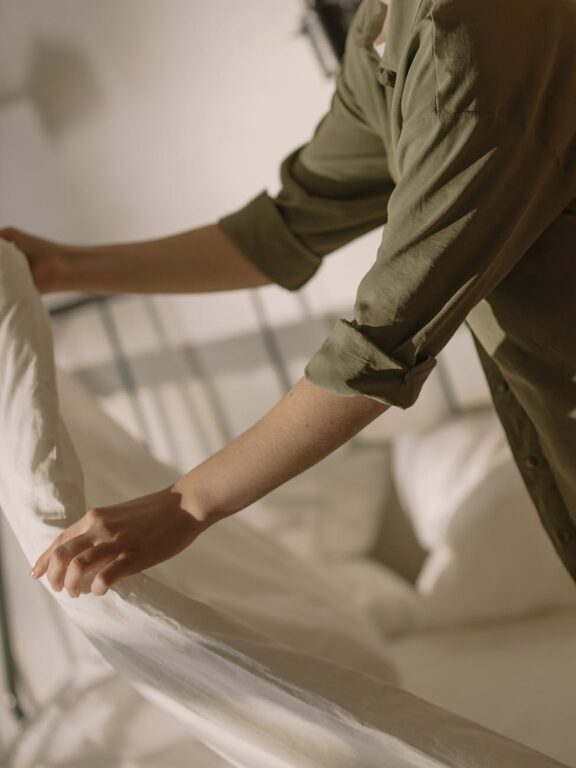Taking good care of your bedding is essential for ensuring a comfortable night’s sleep and extending the life of your mattress, pillows, and linens. Proper rotation and maintenance not only help prevent wear and tear but also keep your sleeping area fresh and hygienic. In this post, we’ll explore practical steps you can take to rotate and care for your bedding effectively.
Why Rotating Bedding Matters
Rotating your bedding, especially your mattress and pillows, helps distribute wear evenly. Over time, sleeping in the same spot can cause indentations that affect comfort. By regularly changing the position or flipping your mattress, you prevent permanent sagging. The same applies to pillows and cushions, which can lose shape if you don’t rotate them.
How Often Should You Rotate Bedding?
Mattress
– Rotate every 3 to 6 months: Turn your mattress end to end to spread out the pressure points.
– Flip if double-sided: Some mattresses can be flipped (top to bottom), which should be done along with rotation.
– Check manufacturer guidelines: Some modern mattresses are one-sided and should not be flipped.
Pillows
– Rotate weekly: Gently fluff and rotate pillows to maintain their shape and support.
– Replace every 1 to 2 years: Pillows lose support over time and should be refreshed regularly.
Bedding Linens
– Change sheets weekly or biweekly: This prevents dust and allergens from accumulating.
– Rotate sets: If you own multiple sheet sets, rotate them to reduce wear on any single set.
Step-by-Step Guide to Rotating and Caring for Your Mattress
1. Remove all Bedding
Strip the mattress completely before rotation. This also gives you a chance to clean your sheets and pillow covers.
2. Inspect the Mattress
Look for any signs of damage, stains, or uneven wear. This helps you decide if additional care or replacement is needed.
3. Rotate or Flip
– Rotate clockwise or counterclockwise depending on your mattress type.
– For double-sided mattresses, flip top to bottom.
– For single-sided mattresses, only rotate.
4. Use a Mattress Protector
A quality mattress protector helps prevent stains and dust mites, making your mattress easier to care for.
Caring for Pillows Properly
Pillows provide crucial support but often go unnoticed until they’re no longer comfortable. Here’s how to maintain them:
– Fluff daily to keep their loft.
– Rotate so each side wears evenly.
– Wash regularly according to the care tag instructions.
– Use pillow protectors to prevent stains and allergens.
Best Practices for Washing Bedding Linens
Choose the Right Detergent
Use a mild detergent that won’t damage fabric fibers. Avoid bleach unless absolutely necessary.
Wash in the Proper Water Temperature
– Hot water for white or heavily soiled bedsheets to kill germs.
– Warm or cold water for colored or delicate fabrics to prevent fading and damage.
Drying Tips
– Dry sheets and pillowcases thoroughly to avoid mildew.
– Remove items promptly from the dryer to reduce wrinkles.
– Line drying is gentle but may stiffen fabrics.
Additional Tips for Bedding Longevity
– Air out your bedding regularly: Let fresh air circulate to reduce moisture.
– Avoid eating or drinking in bed to minimize spills and stains.
– Vacuum your mattress periodically to remove dust and allergens.
– Use a layered bedding approach (mattress protector, fitted sheet, top sheet, comforter) to protect your mattress.
Conclusion
Properly rotating and caring for your bedding is simple and rewarding. It enhances comfort, promotes hygiene, and helps you get the most out of your mattress, pillows, and linens. By following these guidelines consistently, your bedding will stay fresh, supportive, and durable for years to come.
Feel free to share any bedding care tips you use or questions you have in the comments below!

